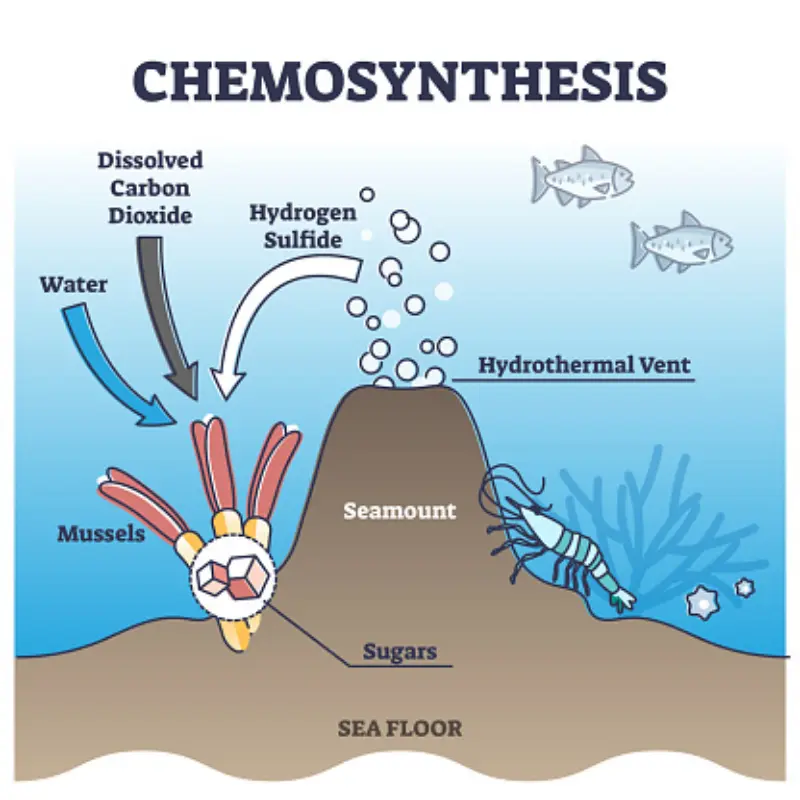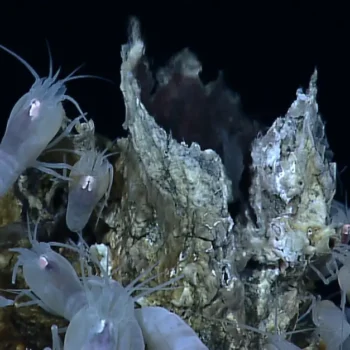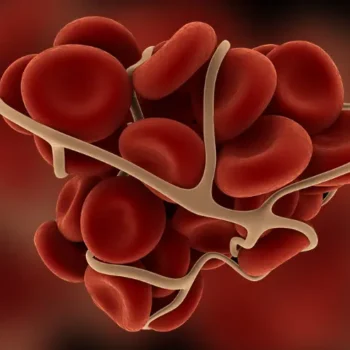Chemosynthesis: The Engine of Deep-Sea Life
In the perpetual darkness of the deep sea, chemosynthesis is the process that fuels entire ecosystems. Unlike photosynthesis, which relies on sunlight, chemosynthesis uses the energy released from chemical reactions—primarily involving substances like hydrogen sulfide, methane, and hydrogen—to convert inorganic carbon (such as CO₂) into organic matter. This process is driven by specialized microbes, including bacteria and archaea, that form the foundation of deep-sea food webs.
Types of Chemosynthetic Ecosystems
Chemosynthetic ecosystems are found in several distinct environments on the ocean floor:
- Hydrothermal vents: Hot, mineral-rich fluids emerge from the seafloor, providing abundant hydrogen sulfide.
- Cold seeps: Methane and other hydrocarbons seep from the sediment, often at tectonic boundaries or continental margins.
- Food falls: Decomposing organic matter like whale carcasses or sunken wood also support chemosynthetic communities.
Each of these environments supports unique biological communities, often with species found nowhere else on Earth.

Building the Deep-Sea Food Web
Chemosynthetic microbes are the primary producers in these environments. They use chemical energy to fix carbon, creating organic compounds that sustain a variety of animals, including:
- Tubeworms
- Clams
- Mussels
- Shrimp
- Crabs
- Fish and octopods
Some animals, such as certain mussels and tubeworms, host chemosynthetic bacteria within their tissues, forming symbiotic relationships that allow them to thrive in these extreme habitats.
 What Adaptations Enable Deep-Sea Creatures to Survive Extreme Pressure?
What Adaptations Enable Deep-Sea Creatures to Survive Extreme Pressure?Biodiversity and Habitat Complexity
Chemosynthetic ecosystems are often described as oases on the otherwise barren deep-sea floor. They support high densities and diversities of life, including many species new to science. The chemical gradients and physical structures created by venting fluids or seepage lead to complex habitats that foster unique ecological interactions and evolutionary adaptations.
Biogeochemical Impact
Chemosynthetic processes play a crucial role in deep-sea biogeochemistry:
- Methane and sulfur cycling: Microbial activity at seeps and vents drives the transformation of methane and sulfide, influencing the ocean’s overall carbon and sulfur cycles.
- Organic matter production: The anaerobic oxidation of methane (AOM) at seeps produces dissolved organic matter (DOM), which supports heterotrophic microbial communities and contributes to deep-ocean carbon cycling.
- DOC enrichment: Sediments in chemosynthetic habitats often contain higher concentrations of dissolved organic carbon (DOC) than non-chemosynthetic areas, further supporting diverse microbial life.
Evolutionary and Geographic Significance
The discovery of chemosynthetic ecosystems has expanded our understanding of where and how life can exist. These environments demonstrate that biological communities can thrive independently of sunlight, relying entirely on geological and chemical energy sources. Ongoing exploration continues to reveal new sites and biogeographic provinces, highlighting the evolutionary innovation and dispersal potential of deep-sea life7.
Conclusion
Chemosynthesis is a cornerstone of deep-sea ecosystems, enabling life in the absence of sunlight and shaping the structure, function, and diversity of biological communities in some of the planet’s most extreme environments. Through complex interactions between geology, chemistry, and biology, these ecosystems play a vital role in Earth’s biogeochemical cycles and offer profound insights into the adaptability of life
 Role of TMAO in deep-sea survival
Role of TMAO in deep-sea survival



